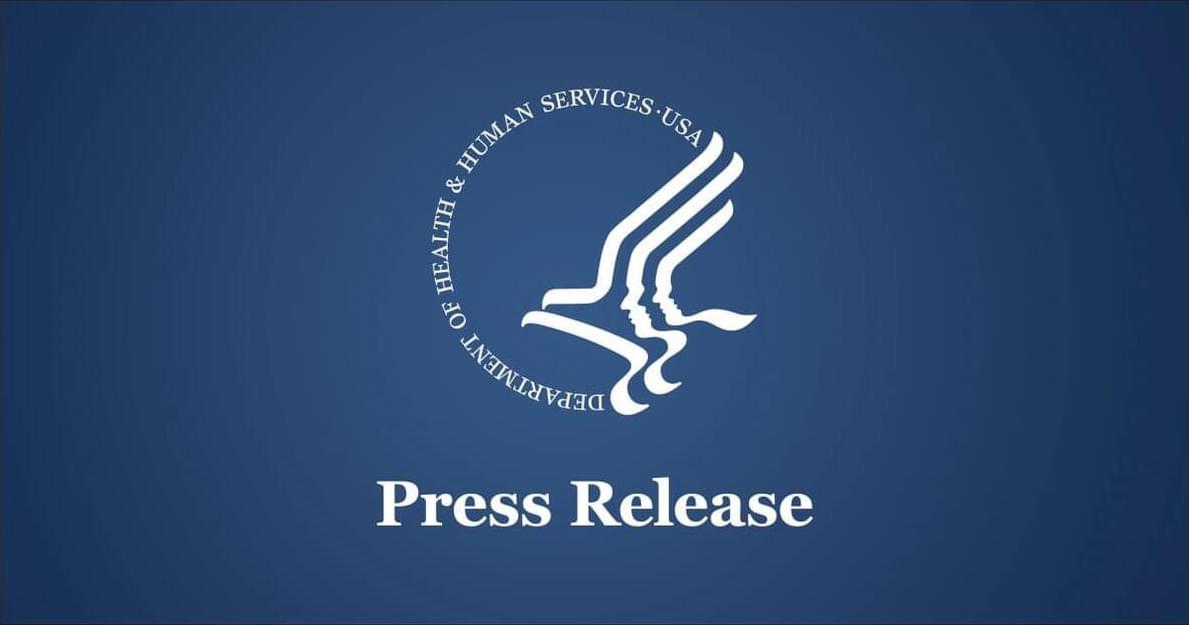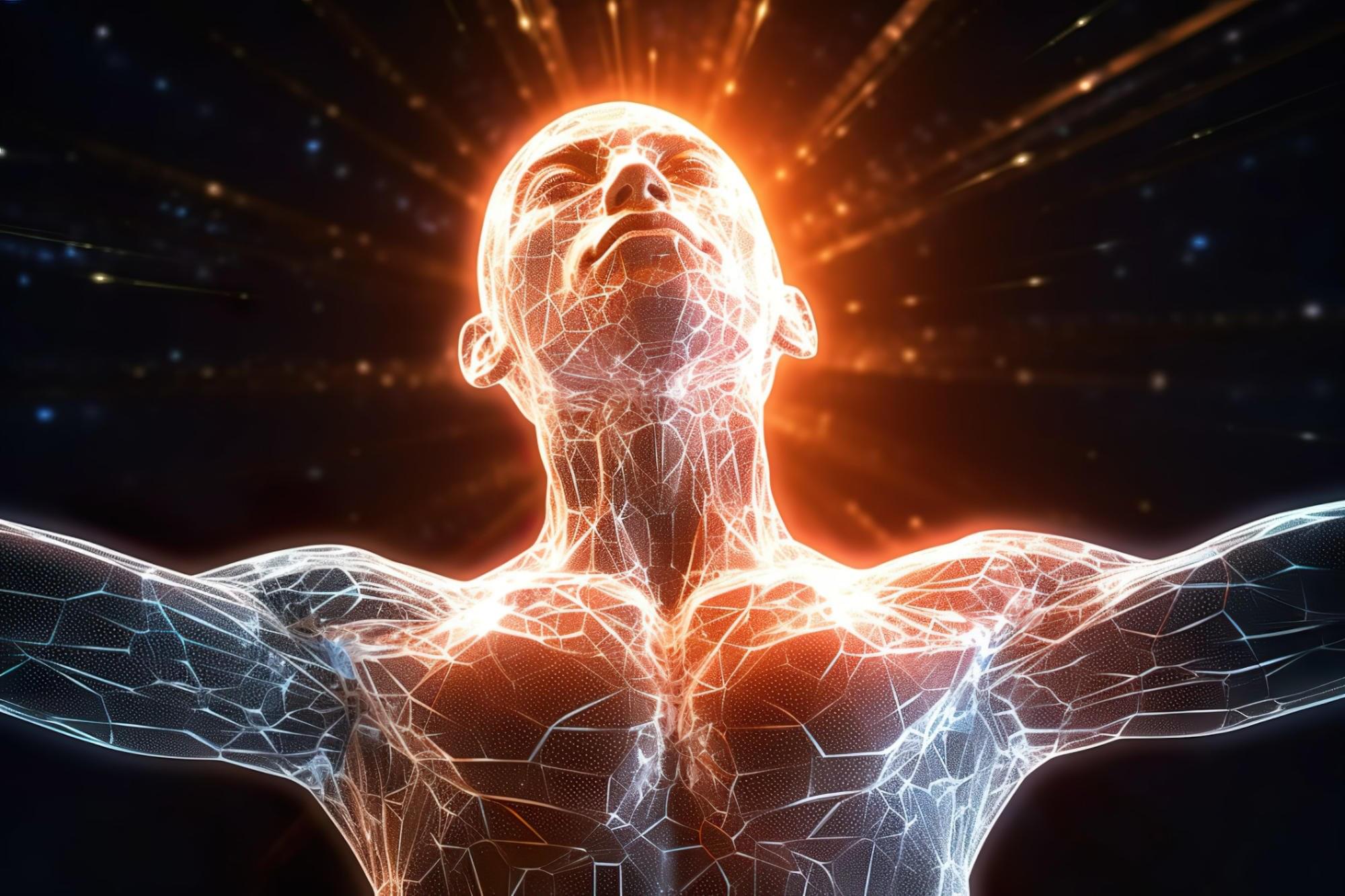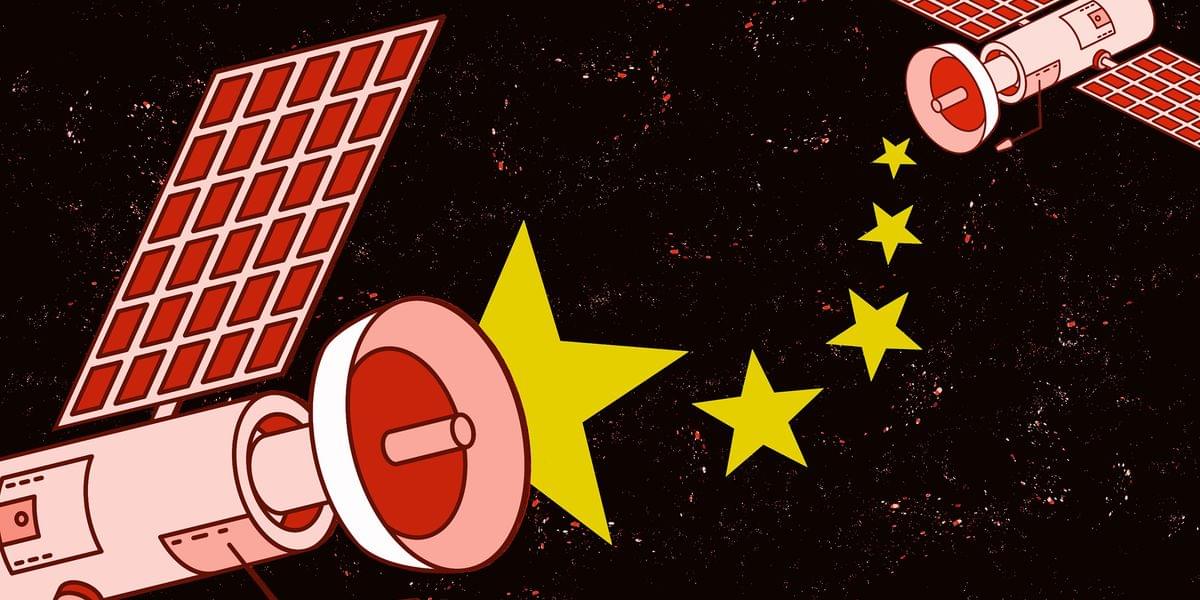NASA confirms the existence of TOI‑1846 b, a nearby hot super-Earth that could contain water, initially observed by NASA’s TESS telescope.





Some ancient philosophies, such as Advaita Vedanta, claim that the universe is an illusion. Not only spiritual people quote this statement, but also some influential Western thinkers. Albert Einstein said:
“Reality is merely an illusion, albeit a very persistent one.” (Albert Einstein)
In what sense is the universe or reality an illusion? In the following, I bring clarity to this topic.

It is a famous result of Kolmogorov that there exists a (Lebesgue) integrable function on the torus such that the partial sums of Fourier series of $f$ diverge almost everywhere (a.e.). More specifically, he exhibited an $f\in L^{1}(\mathbb{T})$ such that.
\begin{align*} \sup_{N\geq 1}\left|S_{N}f(x)ight|=\sup_{N\geq 1}\left|(f\ast D_{N})(x)ight|=\infty, \qquad\forall \text{ a.e. } x\in\mathbb{T}, \end{align*} where $S_{N}$ is the $N^{th}$ partial sum and $D_{N}$ is the $N^{th}$ Dirichlet kernel given below. \begin{align*} S_{N}f(x):=\sum_{\left|night|\leq N}\widehat{f}(n)e^{2\pi inx}, \quad D_{N}(x):=\dfrac{\sin 2\pi(N+\frac{1}{2})x}{\sin \pi x} \end{align*} and we identify $\mathbb{T}$ with the unit interval $[0,1]$.
I have read, for example pg. 118 in [Pinsky], that Kolmogorov’s counterexample can be replicated in the context of the Fourier transform on the real line $\mathbb{R}$, showing that $L^{1}$ pointwise Fourier inversion can fail quite horribly. If my understanding is correct, then the following claim is true:




Beijing’s Laser Starcom enhances #satellite communication with ultra-fast laser links. The company achieved a 400 Gbps connection between two satellites, highlighting precision tracking and high data rates. This advancement supports #China’s growing space ambitions and reduces reliance on ground stations.